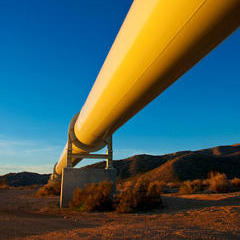Intermittent Water Supply
Many, perhaps most water supply installations worldwide operate operate on intermittent basis. That means that water reaches the customer only a couple of hours per day or a couple of days per week - in some cases even just a couple of hours per week.
Thoughts on modeling intermittent supply
Intermittent supply is quite complex. Don't underestimate the required effort to create the necessary models.
Considering all the problems of intermittent supply (hygiene, etc.) - is there no way for you to overcome intermittent supply in your designs? Of course, these strong arguments against intermittent supply make it hard to create the cost-benefit analysis that decides the fate of your project.
In most cases, intermittent supply modelling is triggered by efforts to reduce pressure - because pressure is one of the factors that influence water losses. However, I've experienced intermittent supply schemes where most of the leaks where in low pressure areas. In these cases, corrosion, driven by the frequent water/air cycles in high areas seems to weaken the pipes much more than high pressure.
Consider a staged approach using traditional hydraulic analysis models like EPANET instead of trying to model partially filled pipes. The main effort to create such models will be the documentation of valve operation schemes in the model. My diploma thesis shows that such models can correlate with reality/measurements.
Intermittent supply is causing strange, sometimes unexpected effects in the network (double check the meter readings, make sure you're not metering air!).
I've seen a lot of discussions whether intermittent supply does save water or not. I guess this needs to be decided on case-to-case basis.
Are you/the water authority/the municipality in full control of the situation that you can afford a highly detailed and optimized intermittent supply model? Intermittent supply often goes hand in hand with unplanned/uncontrolled settlement patterns. Being unable to predict where your future customers will be located to at least the level of detail you plan to reach with your intermittent supply model will automatically forfeit the benefits of intermittent supply modelling. Thus, if your base data is weak, an overengineered, less optimized model might much better fit the needs.
Links
A collection of links

